

The noisy reef takes us under the waves to the reefs of New Zealand to explore sound and noise under water. Using this unique habitat, we look at what sound is, how it travels, what changes under ...
READ MORE

The reefs of New Zealand are noisy places, not the silent world that many of us imagine. The animals that live on reefs, such as shrimp, kina and fish, all have their distinctive sounds, and this ...
READ MORE
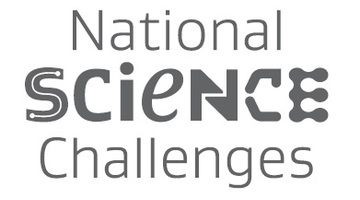
As New Zealanders looking to the future, we are faced with many opportunities – and challenges. These include improving the health of all our people, advancing our economic growth, protecting our ...
READ MORE
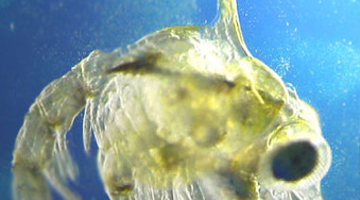
In this activity, students work in small groups and come up with their own classification system for a number of marine organisms. By the end of this activity, students should be able to: explain ...
READ MORE
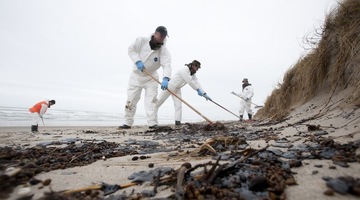
In this activity, students consider short-term and long-term responses to an environmental disaster such as the Rena. By the end of this activity, students should be able to: describe what might ...
READ MORE

EBM – ecosystem-based management – is a holistic and inclusive approach for managing an ecosystem. In this activity, students use EBM principles as a framework to consider how a local area of ...
READ MORE
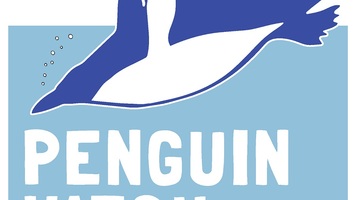
Help scientists establish valuable baseline data about the numbers, locations, habits and health of penguins in a range of Southern Ocean sites. This information will enable better understanding ...
READ MORE
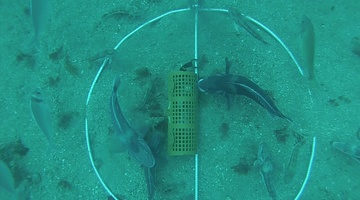
Come and visit Aotearoa New Zealand’s underwater world in this online citizen science project. Discover, count and identify unique fish species that live within our marine reserves ...
READ MORE
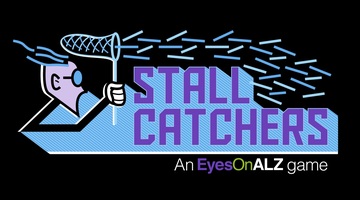
Alzheimer’s disease is an irreversible, progressive brain disorder that slowly destroys memory and thinking skills and eventually even the ability to carry out the simplest tasks. In this online ...
READ MORE

Join Karen Parker from Tahuna Normal Intermediate School and Greta Dromgool from the Science Learning Hub in a session which will introduce you to Vision 20/20, an exciting Participatory Science ...
READ MORE
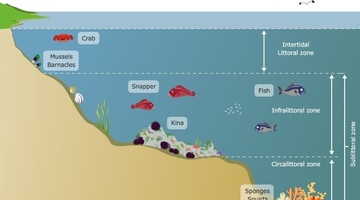
The rocky shore is a popular topic in primary school science. Below are some Science Learning Hub resources for primary teachers related to the rocky shore in the Living World strand of the New ...
READ MORE
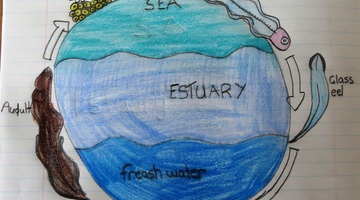
It is necessary for teachers to adapt activities that are externally sourced and created by others to optimise their students’ opportunities for learning science. Activities are productive when ...
READ MORE
Dr Craig Radford from the Auckland University Leigh Marine Laboratory explains his research into how kina make sound and the effects of the kina shell size on the resonant frequency Point of ...
READ MORE
New Zealand reefs are noisy places. Why and what is making all that noise? Postdoctoral fellow Dr Craig Radford of the Leigh Marine Laboratory talks about some of the noisy species found on New ...
READ MORE
Immediately following the grounding of the Rena on the Astrolabe Reef, the Bay of Plenty Polytechnic and the University of Waikato formed a marine response team. This team surveyed local marine ...
READ MORE

This interactive shows the mechanisms of human taste. Click on the labels for more information. Select here to go the transcript.
READ MORE

This slideshow, from the webinar Vision 20/20, provides additional support for the webinar video. Use the Slideshow menu for further options, including view full screen, and go here for the ...
READ MORE

This interactive demonstrates bioaccumulation of marine toxins. It shows how toxins move through a marine food web.
READ MORE